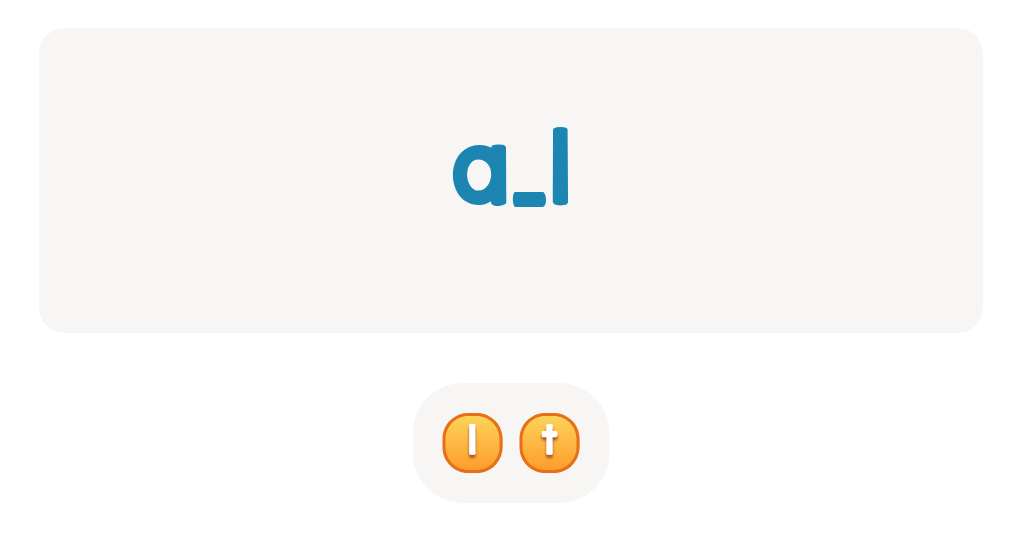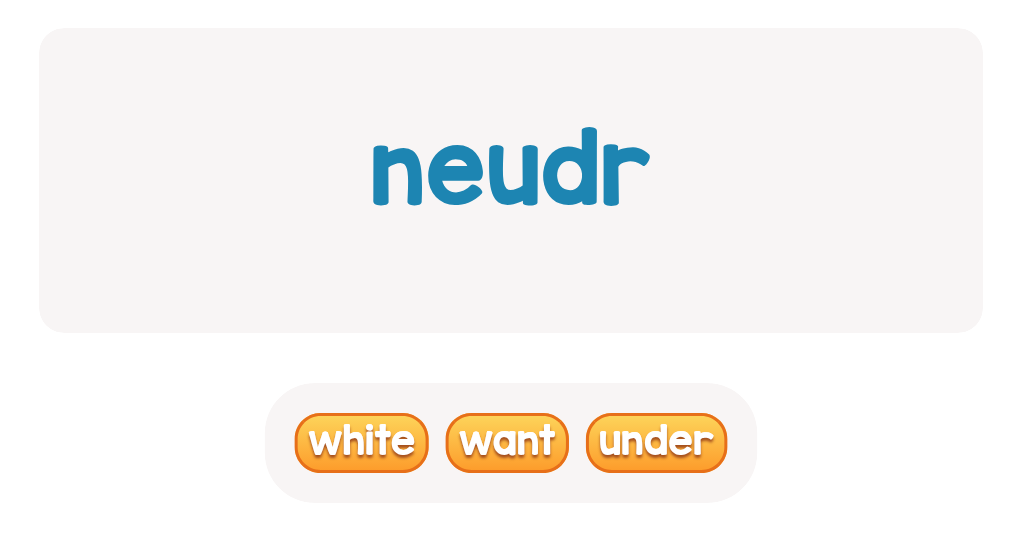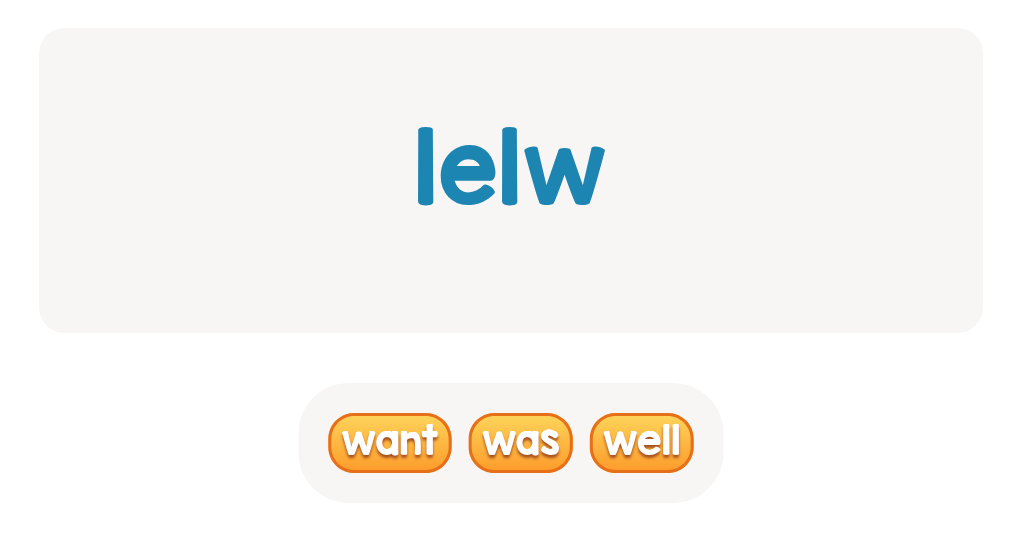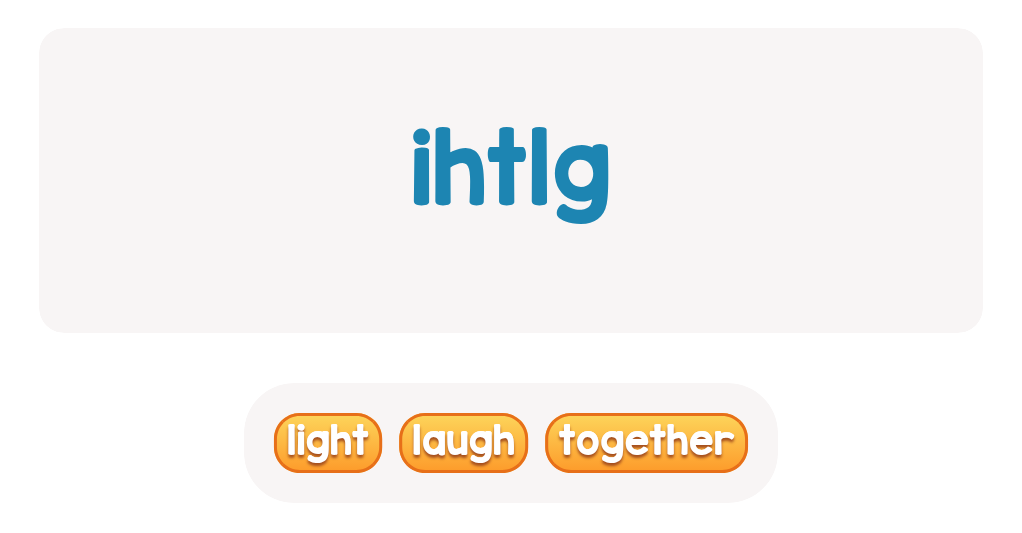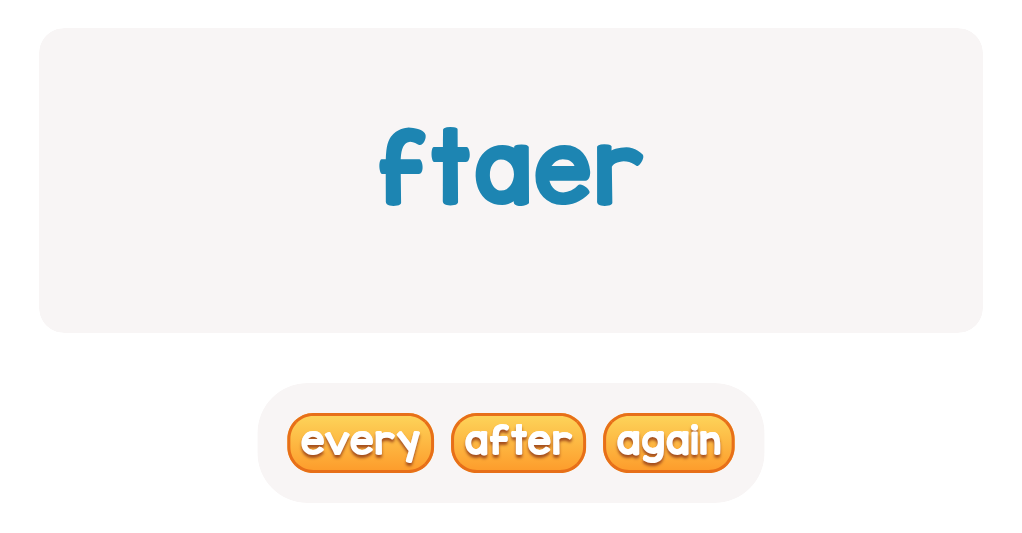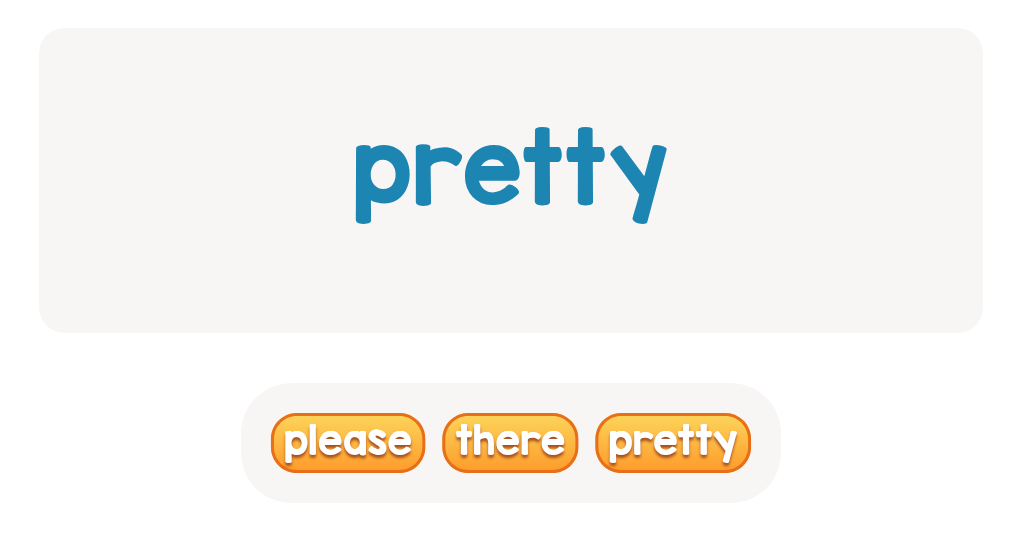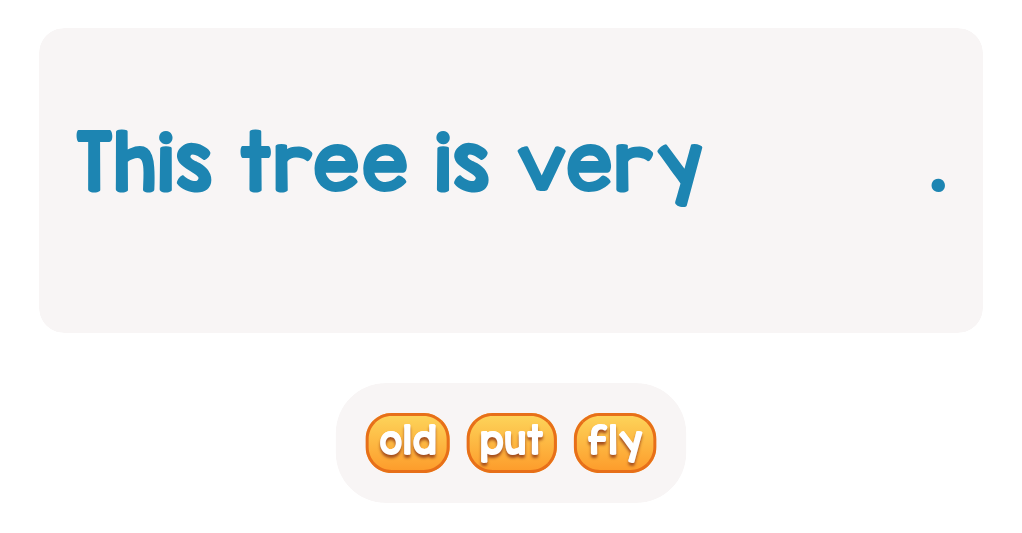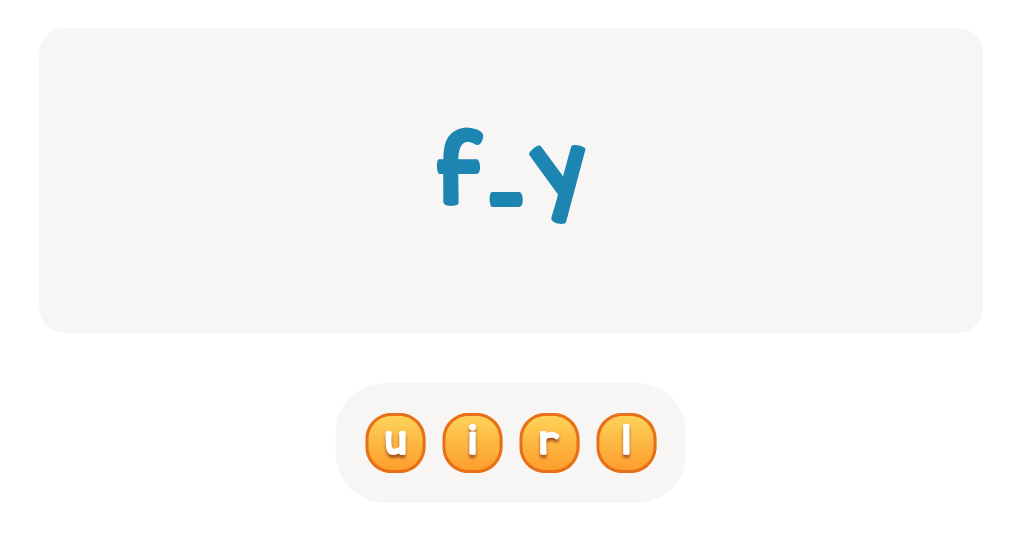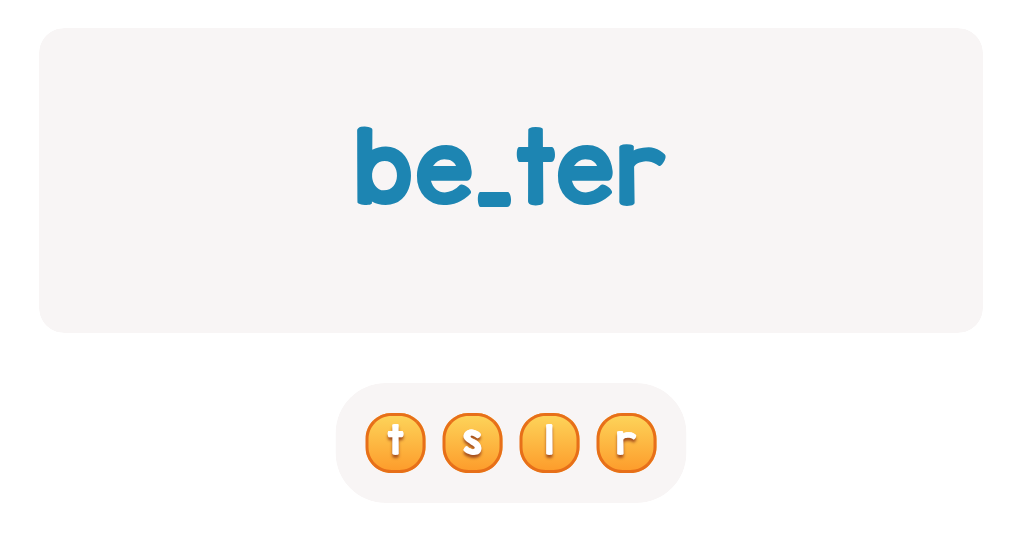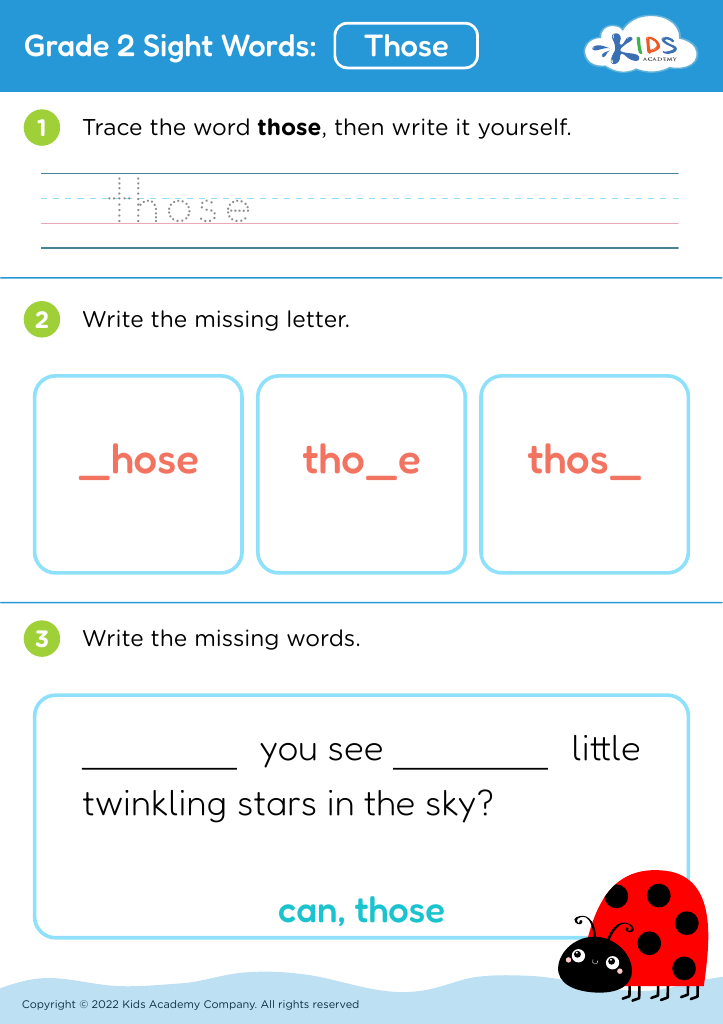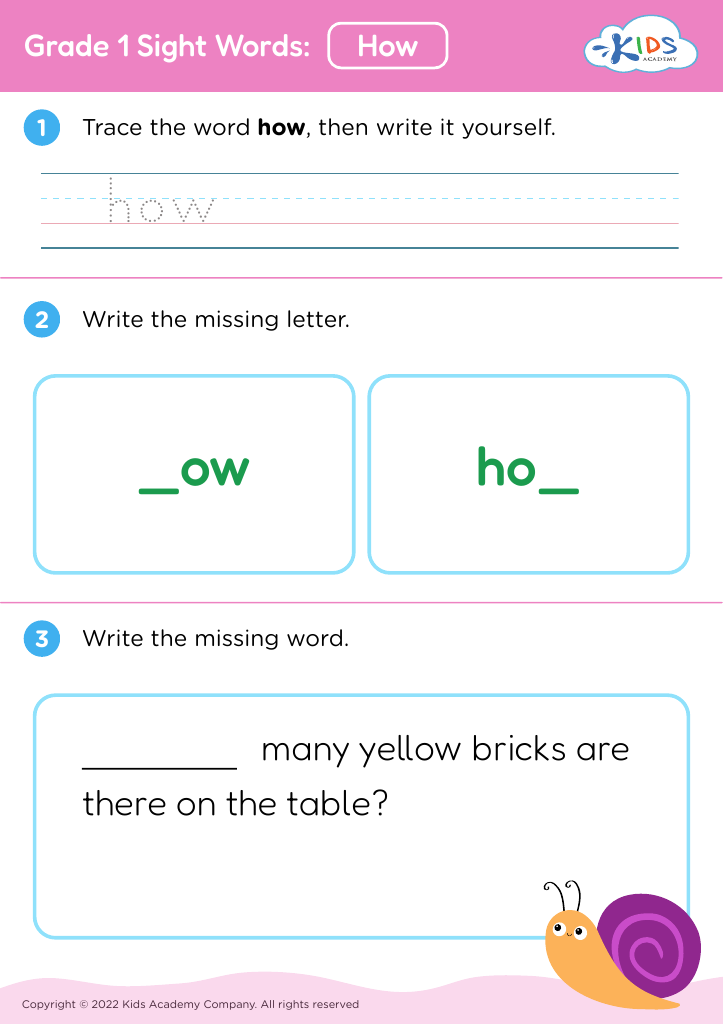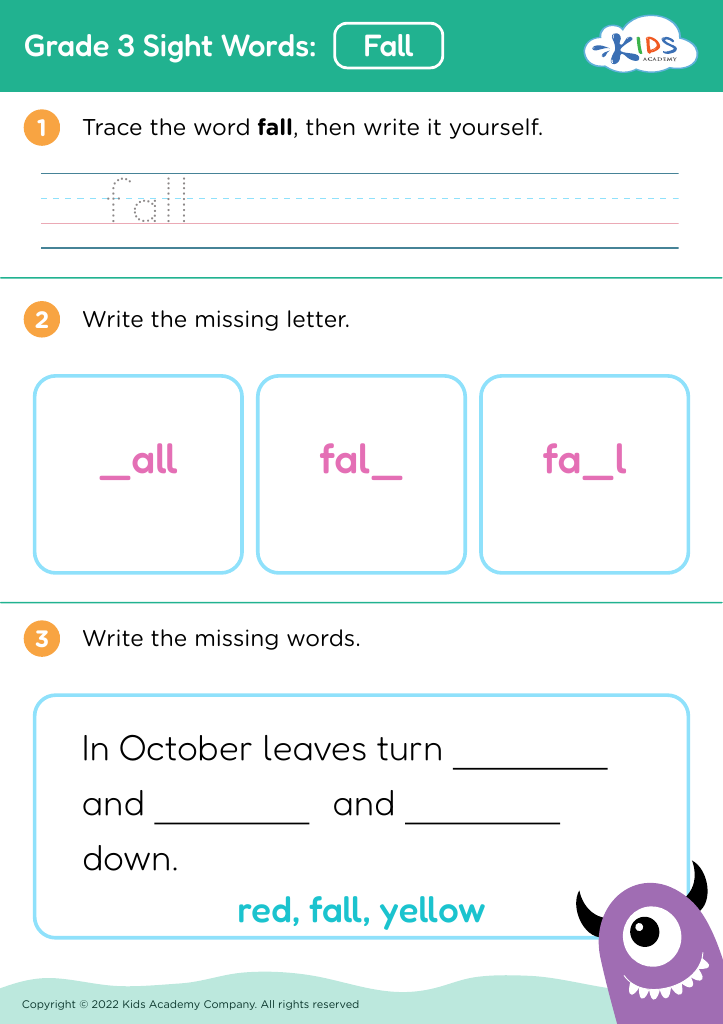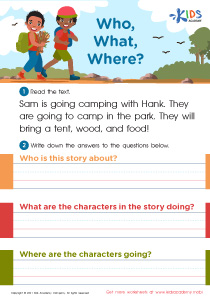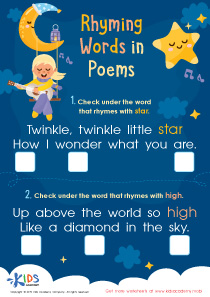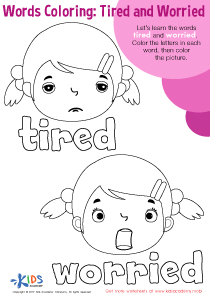Color Identification Building Vocabulary Worksheets for Ages 7-8
4 filtered results
-
From - To
Enhance your child’s color identification and vocabulary skills with our Color Identification Building Vocabulary Worksheets designed for ages 7-8. These expertly crafted worksheets offer engaging activities to help young learners recognize and name colors, boosting their reading and descriptive language abilities. Each worksheet features vibrant, eye-catching images and thoughtful exercises to reinforce learning in a fun, interactive way. Perfect for both classroom and home use, these resources support foundational learning and cognitive development while fostering creativity and confidence. Prepare your child for reading success with our comprehensive and enjoyable worksheets!


Fish Worksheet
Parents and teachers should care about color identification and building vocabulary for children aged 7-8 because these skills are foundational to both academic success and cognitive development. At this age, children are in a crucial stage of learning, where they understand the world better and develop critical thinking skills. Color identification is not just about recognizing hues; it helps enhance memory, attention to detail, and observation skills which are essential for learning in various subjects like science and art.
Building vocabulary simultaneously supports literacy development. A strong vocabulary improves reading comprehension and communication skills, enabling children to express their thoughts clearly and confidently. Engaging them in activities involving color and vocabulary also fosters creativity and keeps their interest in learning alive.
Additionally, children at this stage are developing social skills, and being able to describe the world around them accurately aids in better social interactions and understanding peers. Together, these skills lay a solid foundation for future educational endeavors and practical life activities. By investing in color identification and vocabulary building, we provide children with the tools they need to navigate both school and everyday situations, setting them up for long-term success.

 Assign to My Students
Assign to My Students
